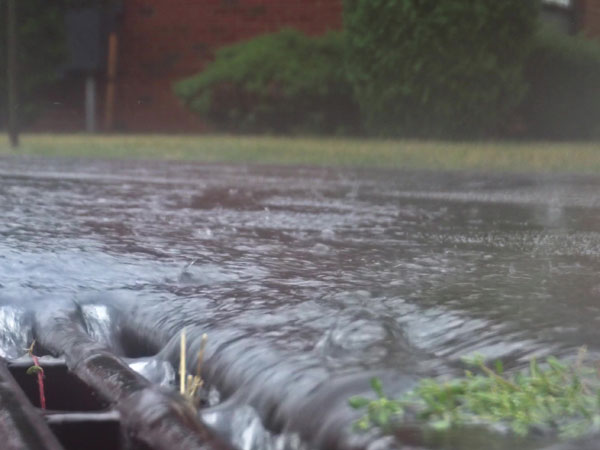Climate change implies that today’s transport systems need to be adapted to changing conditions. In a new project, researchers from VTI will develop a new prioritisation method for selecting measures to reduce the risk of climate-related damage to roads and railways.

In a new project, VTI researchers will develop a method to identify and assess risks and prioritise climate adaptation measures. Photo: Valentyn Semenov/Mostphotos
We can already see how heavier precipitation, higher average temperatures, increasing sea levels and more frequent extreme weather events cause significant disruptions to the transport system. If actions are not taken, socioeconomic costs are expected to rise.
In one new project, VTI researchers will develop a method to identify and assess risks and prioritise climate adaptation measures. The Swedish Transport Administration is behind the project and the method to be developed will be used as a basis for climate adaptations within the Administration.
“The study’s results will be used to assess whether action is necessary, which action is the most suitable and when it should be taken,” explains Yvonne Andersson-Sköld, professor of environmental analysis at VTI.
“Since costs are already very high and are expected to increase, a reliable correlation between risks and actions is essential for planning new road and rail facilities and adapting existing ones for socio-economically efficient climate adaptation”.
Text: Maria Elvåker/VTI
Translated by Semantix AB
 Contact:
Contact:
Yvonne Andersson-Sköld
yvonne.andersson-skold@vti.se
VTI, Swedish National Road and Transport Research Institute






Follow us: